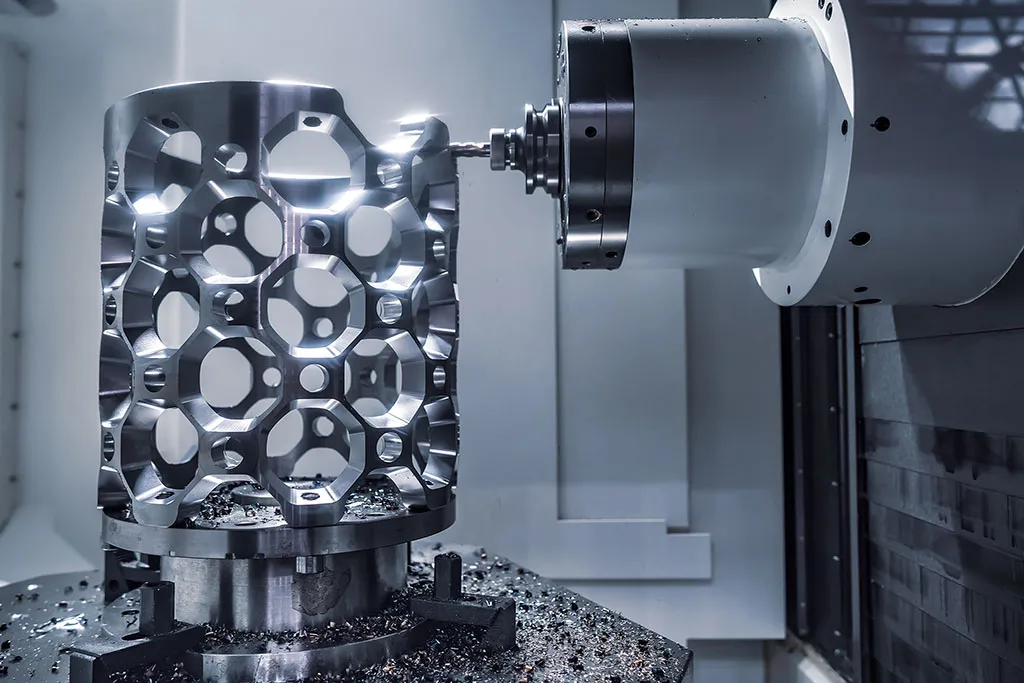
What is Metal Bending?
Metal bending is the process of reshaping metal using force. This process helps transform flat sheets, rods, or tubes into different forms. Metals like steel, aluminum, and copper are popular choices for bending due to their strength and flexibility. The metal is subjected to forces that change its shape, yet keep it intact.
Why is Metal Bending Important?
Metal bending is crucial in manufacturing because it offers flexibility and customization. For instance, in automotive manufacturing, metal bending allows for the creation of precise parts that fit together seamlessly. By bending metals, manufacturers can produce strong, versatile components tailored to specific requirements.
How Does Metal Bending Work?
Metal bending uses several techniques and tools. These vary depending on the metal type, thickness, and shape desired. Here are some of the main methods:
- Press Brake Bending
Press brake bending uses a machine called a press brake. A punch applies pressure to a metal sheet over a die, causing it to bend. This technique is popular for creating large bends in metal sheets. The angle and depth of the bend can be adjusted based on the applied pressure and the die’s shape. - Rotary Draw Bending
This method is ideal for bending tubes and pipes. A mandrel, which is a cylindrical rod, is inserted into the tube. The machine then pulls the metal around a die to create precise curves without collapsing the tube. Rotary draw bending is commonly used in the production of car frames and roll cages. - Roll Bending
Roll bending works best for creating curves in longer metal sheets or pipes. It uses three rollers positioned in a triangle. The metal passes between them, gradually bending as it moves. This technique is commonly seen in making large arcs or cylindrical shapes, such as in pipelines and tanks. - Air Bending
Air bending is a flexible technique that requires less force. In this method, the metal does not completely touch the die. Instead, the punch pushes the metal into a shallow angle, allowing for varying degrees of bend. It’s suitable for materials with lower thickness and hardness.
Factors Affecting Metal Bending
Several factors influence the metal bending process, including:
- Material Type: Metals like aluminum and steel behave differently when bent. Aluminum, for example, is more flexible, while steel is more resilient.
- Thickness: Thicker metals require more force and may need specialized equipment.
- Temperature: Heating metal can make bending easier. Some metals, like steel, are more malleable when heated, which reduces the risk of cracking.
The Role of Precision in Metal Bending
Precision is key in metal bending. Slight variations in angles or thickness can result in unusable parts. To ensure accuracy, manufacturers often use CNC (Computer Numerical Control) machines. These machines precisely control the bending process, minimizing errors and ensuring consistency across large batches of parts.
Conclusion
Metal bending is a versatile, essential process in modern manufacturing. It allows industries to create strong, customized parts. Using techniques like press brake bending, rotary draw bending, and roll bending, manufacturers can shape metal to exact specifications. This ability to shape metal reliably and accurately enables industries to produce parts that fit specific designs and safety standards. By understanding the techniques and factors involved in metal bending, we gain insight into one of the core processes that make our world safer and more efficient.